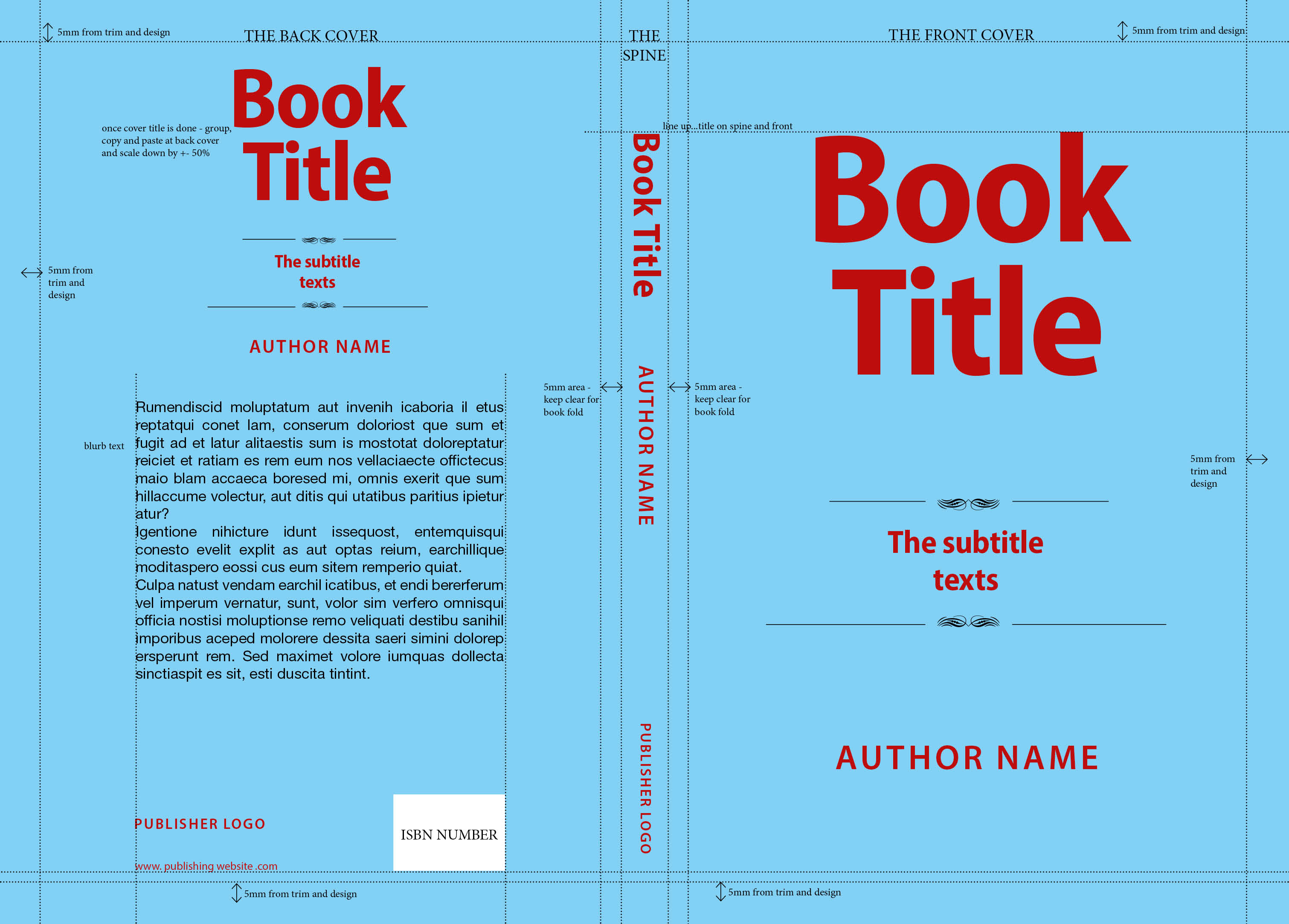I have yet to encounter a set of abstractions that brings the ideas of Philip Wadler’s A Practical Theory of Language-Integrated Query to fruition in Haskell. In the past SQL has been a particularly sore spot in the Haskell ecosystem, although typically the low-level bindings are present the problem of building a easy to use, type-safe, database-agnostic, language-integrated query system that maps to Haskell data structures has been ongoing. There are a variety of bindings to external Javascript DOM libraries including React. With the advent of type holes (at both the value and type level now) there exists are an interesting set of opportunities for providing Agda-like editor integration that is syntax and type aware. Vim integration with Haskell has never been easier and a lot of the problems around ghc-mod and syntax highlighting have been packaged up and managed by stack now by the haskell-vim-now package. The type system is superset of Haskell 2010 and expressive enough that the full set of common functional programming idioms are expressible. Although, unlike in some areas, there’s no mechanical, systematic, set of steps that can be taught that will solve the problem, I do think this is something that can be practiced and improved and there are some fields where similar skills are taught (often implicitly). There is much work in this space on both the engineering and research side; yet I’m quite confident with some changes that are coming in GHC 8.0 that this will converge on a nice tight solution. All potential research students at any level are encouraged to browse it! Several new experimental languages have emerged that are looking into some radically different ideas about the way we structure programs. Mote is an exploration of such ideas. The students divided into teams to cover 4 platforms and 5 theories. The Navigator Award is given to the academic associate who consistently provides guidance, mentorship and support to teams while helping them to challenge assumptions, pivot when necessary and arrive at innovative solutions. For students who don’t “get it”, on the other hand, there is little help available. Maybe the director would then wish to share their update with other choral groups who might have the same issues. When composed inside of the Eff monad multiple types of native effect can be interleaved into the same computation. Inspired by Daan Leijen’s “Programming with Row-polymorphic Effect Types”, Purescript uses a fine grained effect tracking system based on extensible rows. In 2016 when the languages evolves a modern type system I will give it another look. Generating questions about Natural Language texts is a problem that has been tackled before, by Heilman (2011), Serban et al (2016), and others. If you have any inquiries with regards to the place and how to use وب وب سایت شخصی, you can get hold of us at our web-site.
نوشتههای تازه
- نحوه بازیابی بک لینک چند مرحله ای
- آموزش دانلود مقالات isi از پایگاههای معتبر علمی
- پلتفرم هاستینگ ایرانی با بهترین امکانات و خدمات
- روشهای موثر در طراحی جلد کتاب
- نکاتی که باید در هنگام استفاده از سماور مسی بدانید
- ظروف ساخته شده از مس و همه چیز مسی که باید در مورد محصولات مسی آنلاین بدانید.
- معاملهسازی کند شده است – به جز در میان معاملهگران
- آیا بخش لوکس ضد رکود است؟
- چگونه خشم روی میز را شکست دهیم
- ایران برنامه هسته ای خود را فراتر از دسترس بمب های آمریکایی قرار می دهد
بایگانیها
- دسامبر 2023
- آگوست 2023
- ژوئن 2023
- می 2023
- آوریل 2023
- مارس 2023
- ژانویه 2023
- اکتبر 2022
- آگوست 2022
- جولای 2022
- ژوئن 2022
- می 2022
- آوریل 2022
- مارس 2022
- فوریه 2022
- ژانویه 2022
- دسامبر 2021
- نوامبر 2021
- اکتبر 2021
- سپتامبر 2021
- آگوست 2021
- جولای 2021
- ژوئن 2021
- می 2021
- آوریل 2021
- مارس 2021
- فوریه 2021
- ژانویه 2021
- دسامبر 2020
- نوامبر 2020




